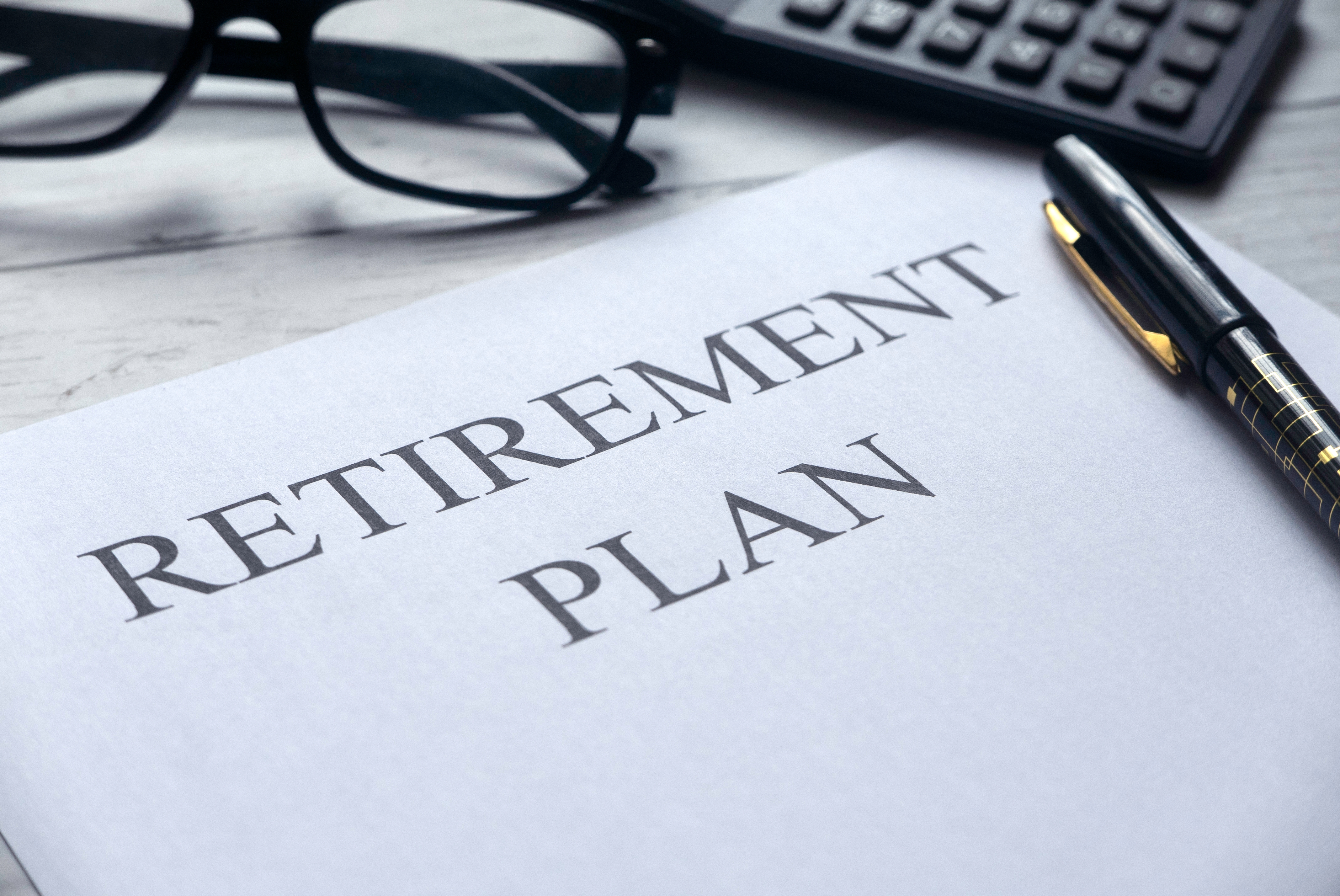
Best Retirement Plan Options For The Self-Employed
Best Retirement Plan Options for the Self-Employed

Being self-employed has its perks—you get flexibility, control, and independence. But there are also challenges, especially when it comes to benefits that traditional employees receive, like employer-sponsored healthcare or 401(k) matching.
Without those programs, saving for retirement can feel more complicated. Fortunately, there are several great retirement options designed for entrepreneurs and freelancers. Working with a financial advisor can also help you choose the best plan based on your goals and income.
Overview of the Best Self-Employed Retirement Plans
Saving for retirement as a self-employed person can be tricky. Your income might fluctuate, and business expenses can make it harder to set money aside consistently. Without an HR department or automatic payroll deductions, retirement saving often gets pushed aside.
But self-employment is growing fast in the U.S. and globally—and so are the tools that make saving easier. You don’t need a corporate job to build a strong retirement fund. There are several great options available, including Solo 401(k)s, SEP IRAs, SIMPLE IRAs, and Keogh plans.
Solo 401(k)s
A Solo 401(k)—also known as a one-participant 401(k)—is one of the most popular options for self-employed individuals.
These accounts work much like traditional employer 401(k)s but are designed for business owners with no employees other than a spouse. One major advantage is that you can contribute as both the employer and employee, allowing you to save a higher amount each year.
For 2025, total contributions can reach $69,000, with an additional $7,500 in catch-up contributions for those aged 50 and older. Contributions are made pre-tax, and earnings grow tax-deferred until withdrawal.
SEP IRAs
A Simplified Employee Pension (SEP) IRA is another excellent option for self-employed workers. It allows you to contribute up to 25% of your net income or a maximum of $69,000 in 2025.
SEP IRAs are easy to set up and maintain, with no annual contribution requirements. You can choose to contribute throughout the year or make one lump-sum deposit.
If you employ others, you’ll need to contribute the same percentage for each eligible employee, but this plan still offers flexibility and high contribution limits.
SIMPLE IRAs
The Savings Incentive Match Plan for Employees (SIMPLE IRA) is ideal for small business owners with a few employees. It combines features of both IRAs and 401(k)s, offering matching contributions and simple administration.
In 2025, employees can contribute up to $16,000, with an additional $3,500 in catch-up contributions for those aged 50 or older. Employers must either match up to 3% of employee contributions or make a 2% contribution for all eligible workers.
A SIMPLE IRA is a great fit for small teams that want an easy, low-cost retirement plan with room to grow.
Keogh Plans
Keogh plans—also called profit-sharing or defined benefit plans—are less common today but still valuable for certain entrepreneurs. They offer high contribution limits and flexible design options.
For 2025, contributions to a defined contribution Keogh plan are capped at $69,000, while a defined benefit plan allows up to $245,000 or 100% of compensation.
Like other retirement plans, contributions are made pre-tax, and earnings grow tax-deferred. The trade-off is that Keogh plans require more paperwork and administrative effort, so they’re best suited for higher-income self-employed professionals.
Should You Use a Self-Employed Retirement Plan?
Choosing the right plan depends on your specific situation—income, goals, and whether you have employees.
If you’re a sole proprietor looking for simplicity and flexibility, a Solo 401(k) or SEP IRA may be your best bet. If you run a small business and want to help employees save as well, a SIMPLE IRA could be ideal.
For higher earners who want to maximize retirement contributions and are comfortable managing a more complex plan, a Keogh plan might make sense.
Each option has different contribution limits and tax benefits, so it’s wise to review them with a financial advisor before making a final choice.
Final Thoughts
Saving for retirement as a self-employed professional takes planning and consistency—but it’s absolutely possible. With the right retirement plan in place, you can build long-term security and enjoy the freedom of self-employment without sacrificing your financial future.
Whether you choose a SEP IRA, SIMPLE IRA, Solo 401(k), or Keogh plan, start investing in your future today.
Contact a financial advisor to explore your retirement options and build a plan that fits your goals.